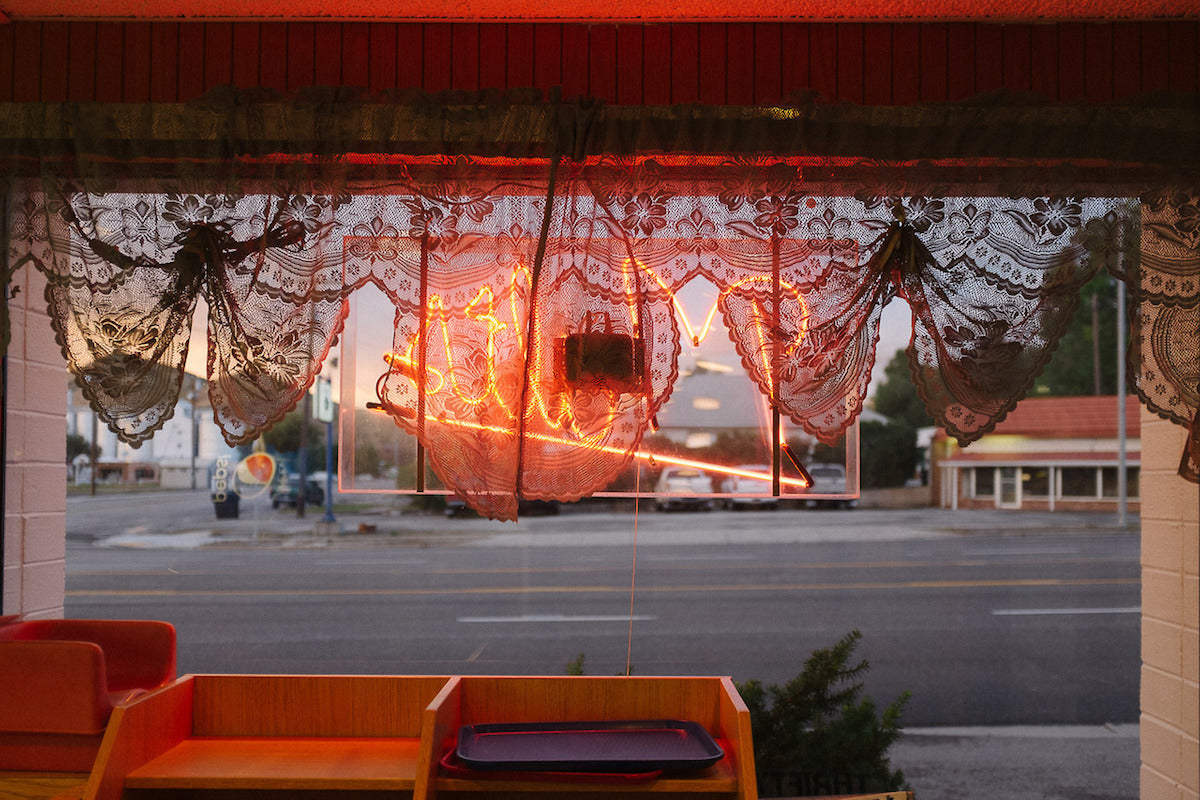
Melanie deJesus for Langly examines the work of Brand Ambassador, Tag Christof, the photographer behind "America Is Dead" and a photo journalist who sees the importance of considering the immediate world around us before it's gone.
MD: I've been following America is Dead since before I knew the man behind the account or even connected that there was a human behind the camera. Tell us the story about how this concept came about.
TC: I had left my job at a photography studio in Milan to attend an industrial design MFA in Chicago. It was a prestigious program, but when I got there, I discovered that the curriculum was more corporate than craft. I just couldn’t envision a future for myself working for Ford or Google, so I decided it was best to leave.
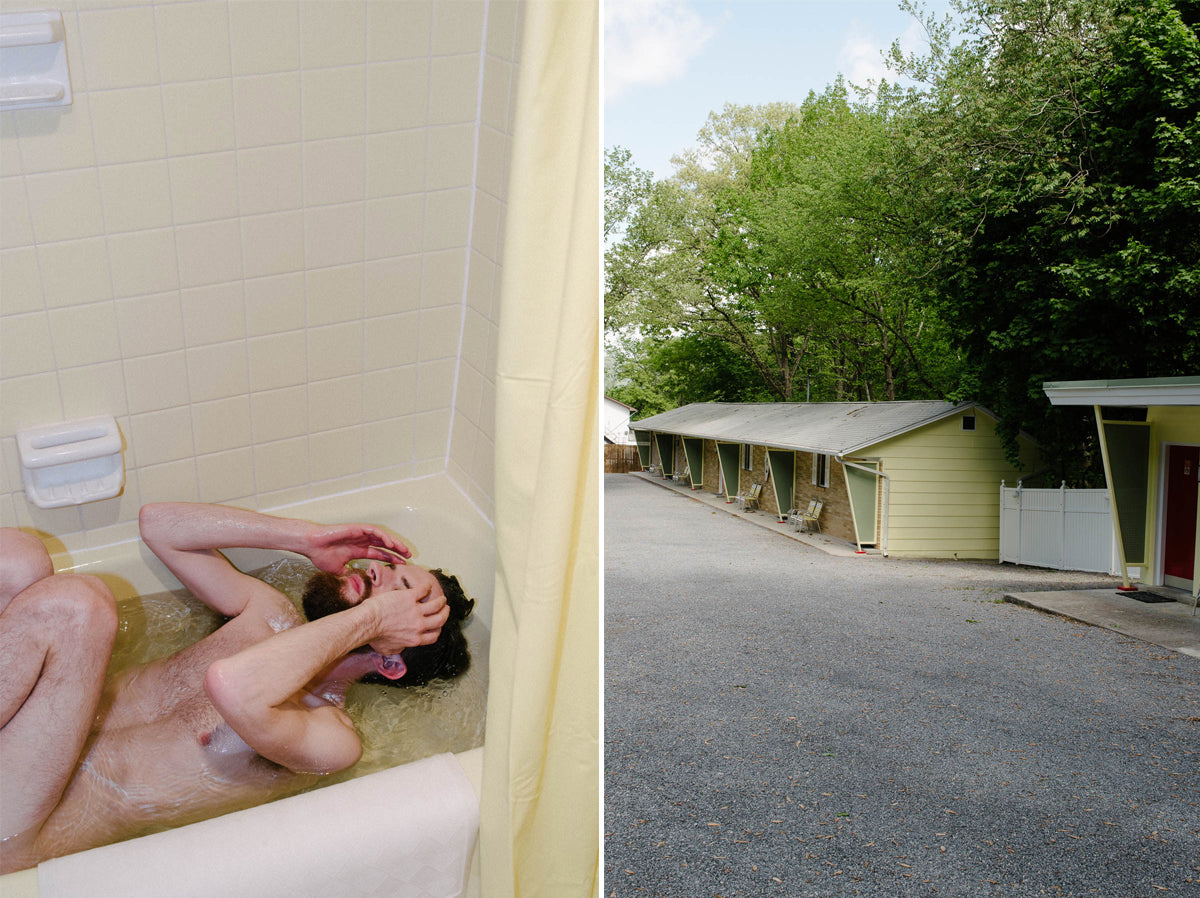
The few months after that were an existential crisis: I had left a career path I had been super sure about and had no idea what to do next. I packed everything I had in a backpack and hopped Amtrak home to New Mexico, where I borrowed an old car from my grandparents. I figured I’d crash in a cheap motel for a night or two, clear my head, and then turn around. But I just kept going.
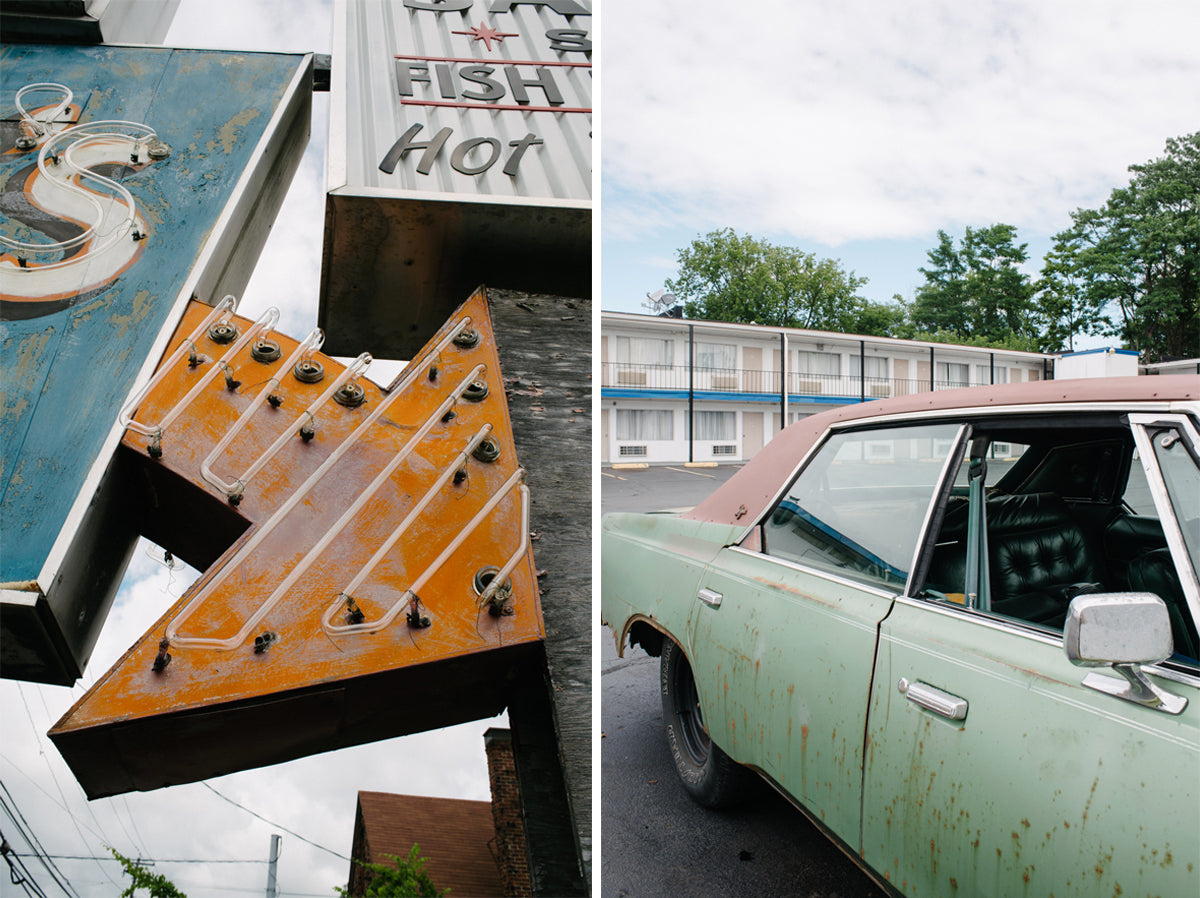
I avoided the interstates entirely and slept in the car at truck stops, in Waffle House parking lots, on beaches all along the Gulf Coast and made it as far as Miami by only spending money on cheap food and gas. I pretty much survived on diner coffee and grilled cheese.
Earlier that summer, I had come upon an old book about a defunct store chain called BEST Products, which in the 1970s and 1980s had built these incredible subversions of big box stores, and so mid-trip I decided to change course and try to find whatever remained of them. There wasn’t much that remained, but in the process of looking for those places I found a side of America I hadn’t bothered to look at much before.
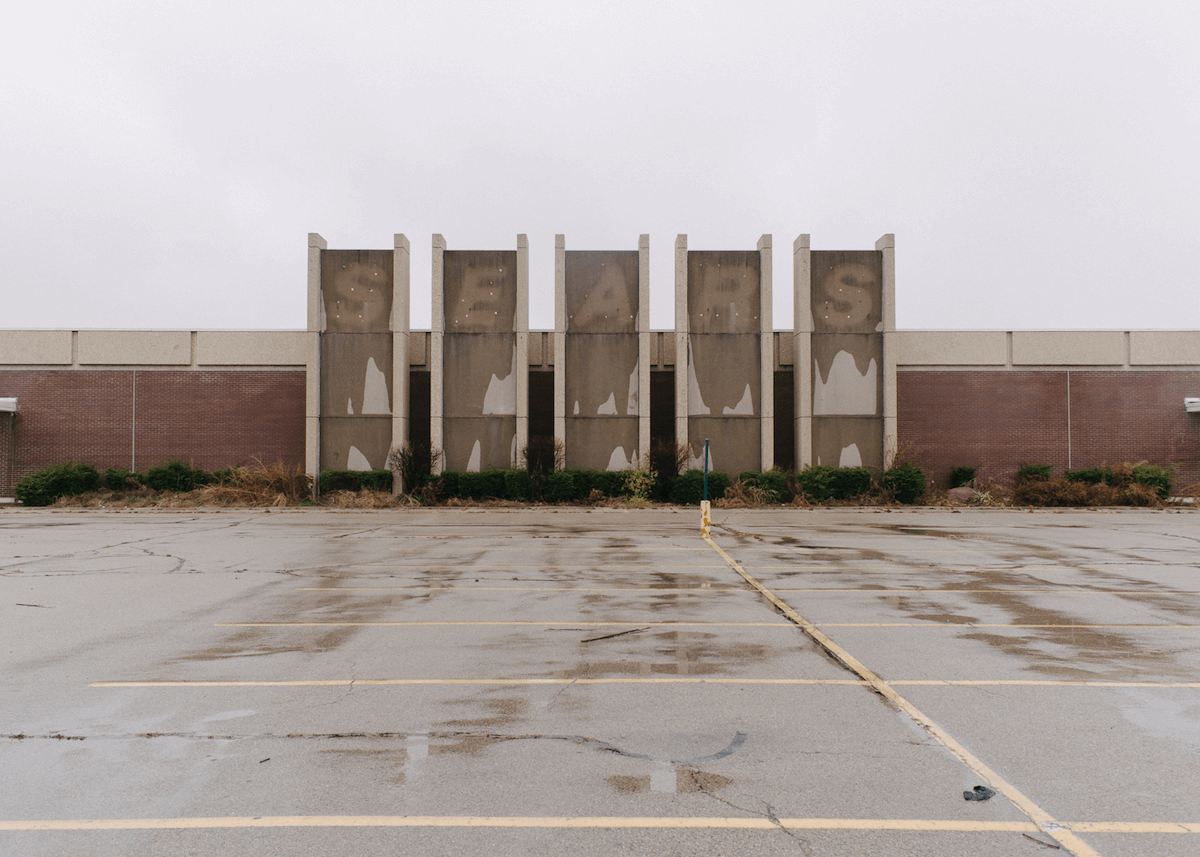
MD: What came first? Was America is Dead the vehicle through which you figured out who you were as a photographer, or have you always known?
TC: It was definitely a bit part of me finding my voice as a photographer. Even though my body of work is pretty diverse, that one project remains the thing everyone seems to know me for.
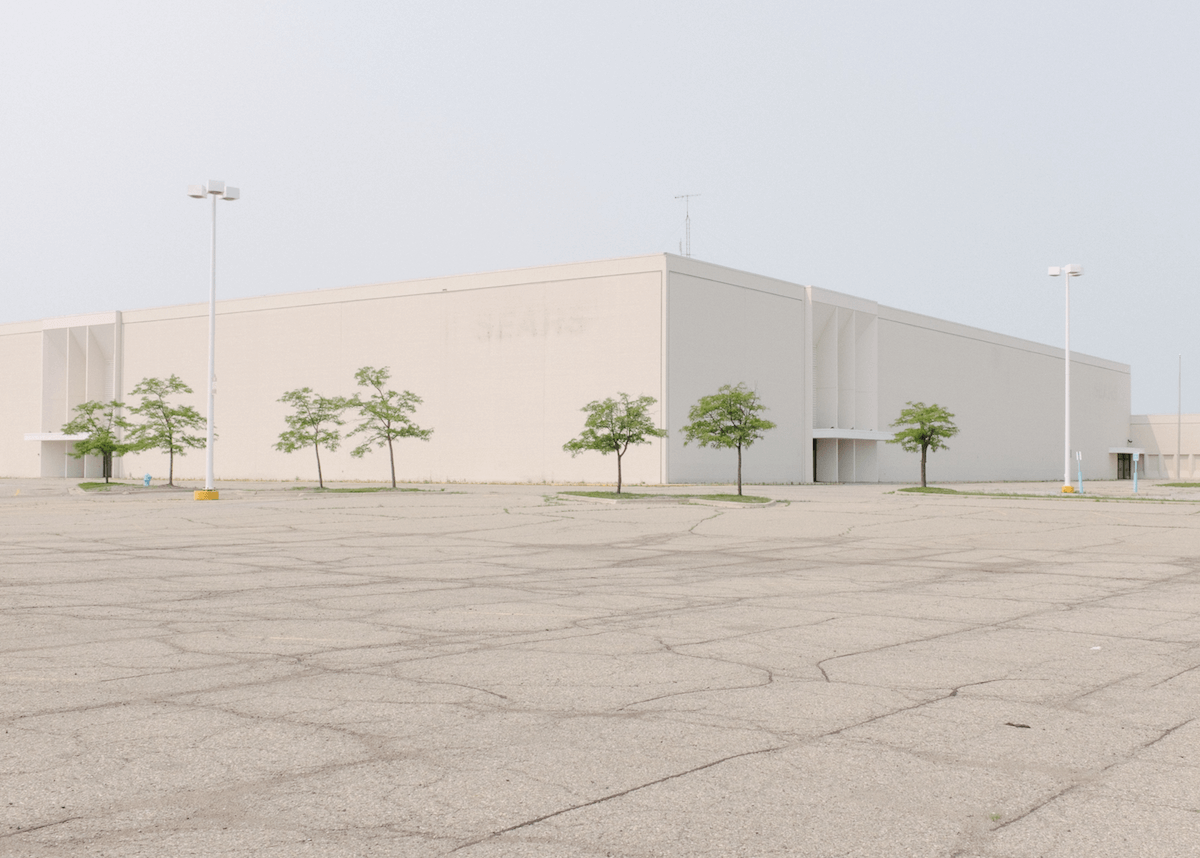
MD: In this series, you document abandoned malls, and the eerie absence of life except for overgrown foliage and weeds. What is the process of actually locating these malls?
TC: It’s a mix of combing Google Earth and lots of driving and exploration. I’ll generally find a side of a city that looks promising and drive it slowly or spend an entire day walking around with my camera.
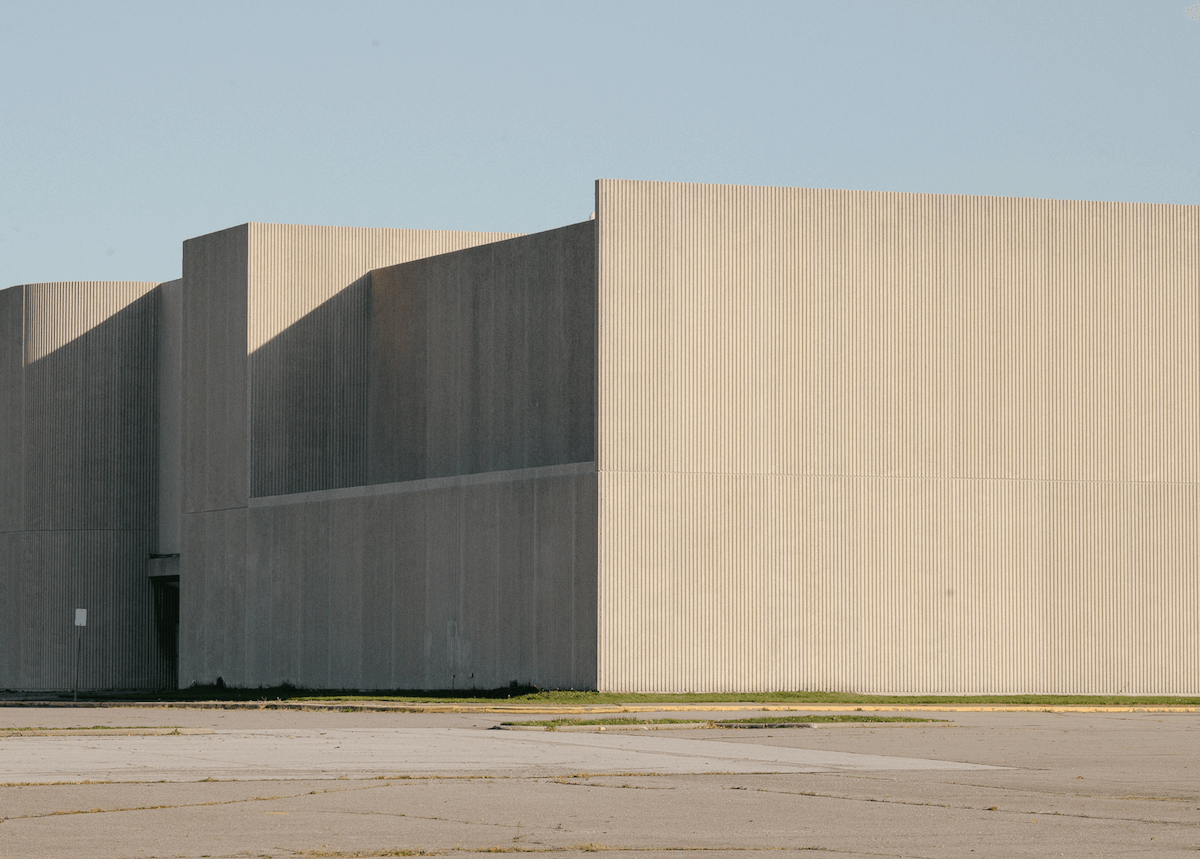
MD: Did you ever get into trouble for trespassing or like, run into any lepers or drug dens during your time on the road?
TC: Oh, man! Ha, not so many lepers but I’ve narrowly avoided bad run ins with the cops so many times. Luckily I’ve never been charged with anything, but I’ve been handcuffed to telephone poles, had memory cards destroyed, and been threatened by many, many security guards. Low-speed mall cop chases are the best—there’s just something so absurdly comical about them. They can’t really do anything to you, but often when they bust you taking photos where you aren’t officially allowed to be, they can act as if they’ve caught you mid-murder.
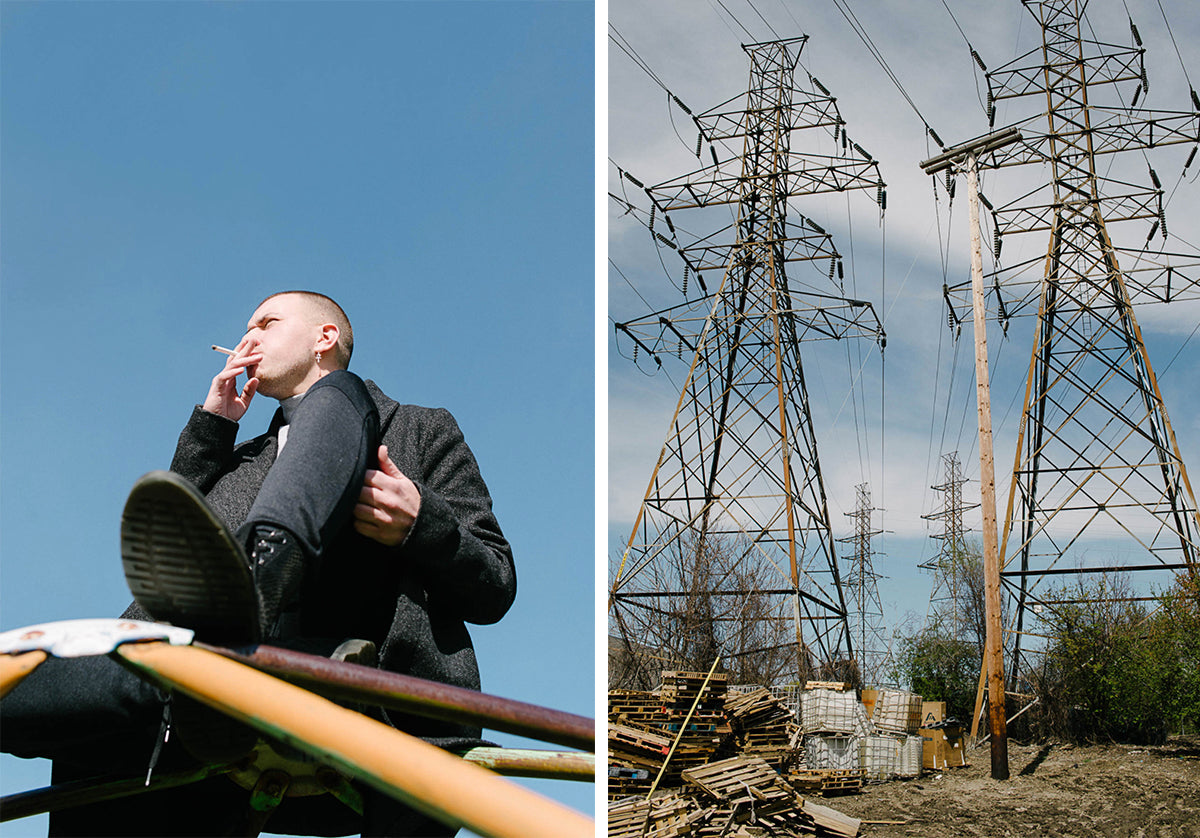
I try to trespass less these days, but I do still do a fair bit of jumping over fences and climbing over walls and walking through places off the beaten path. I’ve had to change the equipment I use several times to finally get to a point where I have a kit that produces the images I want but is also practical to move around with. Nowadays, I use the smallest full-frame metal-body DSLR body Nikon makes, the Df, with only manual-focus lenses because they’re tougher, a Leica M6 35mm because it’s light, compact, and tough as nails, and I traded in my anvil-heavy Pentax 67 for a Fujifilm GF670 rangefinder because it folds into the smallest 6x7 format camera you can get.
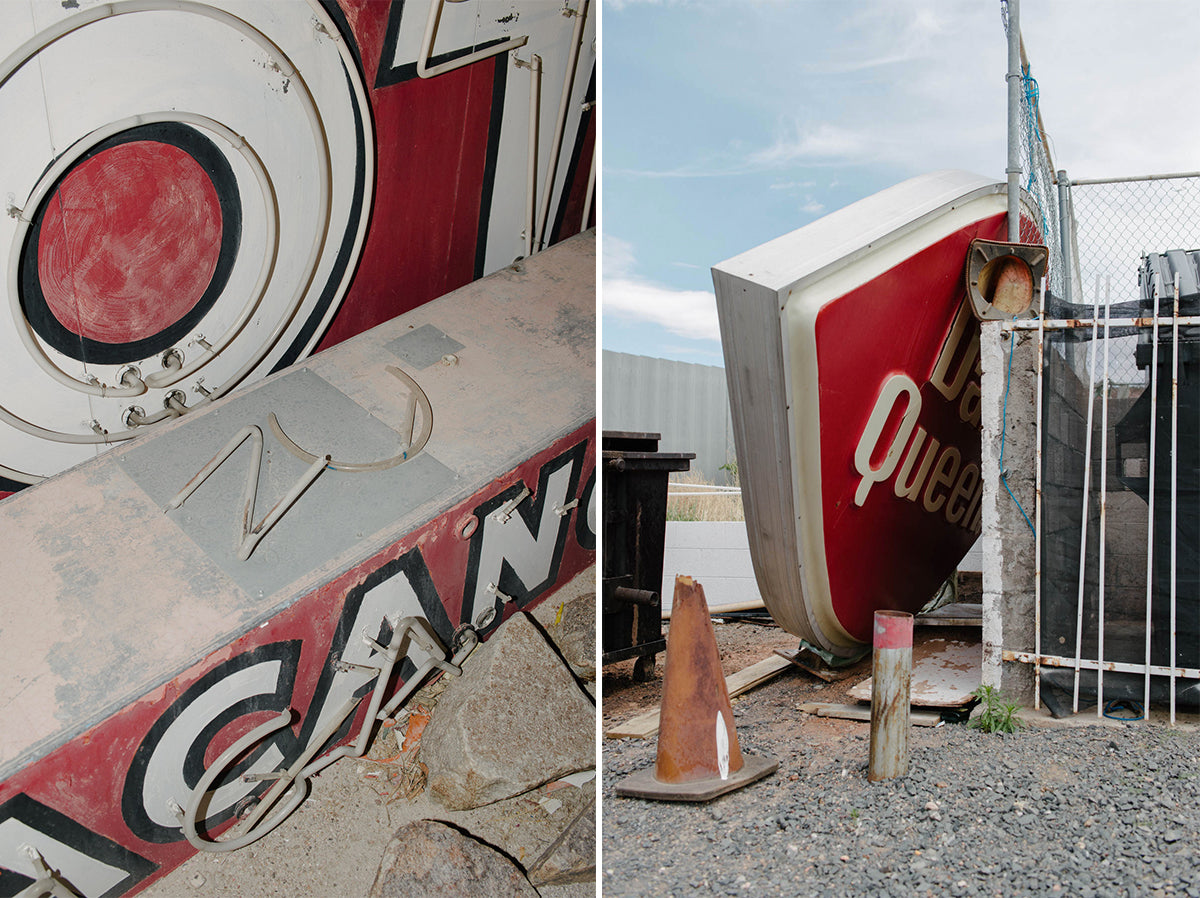
MD: Your Topographies series is really beautiful. How were you able to capture the overhead shots and have you always been interested in this juxtaposition of the natural and artificial physical features of an area?
TC: Thanks! It’s really about micro and macro perspectives of manmade things: cars, buildings, objects, cities. Some forms are invisible to us at normal human scale, but if you zoom in or zoom out just the right amount, sometimes these beautiful, unexpected forms and patterns emerge. The overhead shots are a mix of hi-res Google Earth captures, a couple are drone shots, and a couple were shot from airplane windows. I always request a window seat!
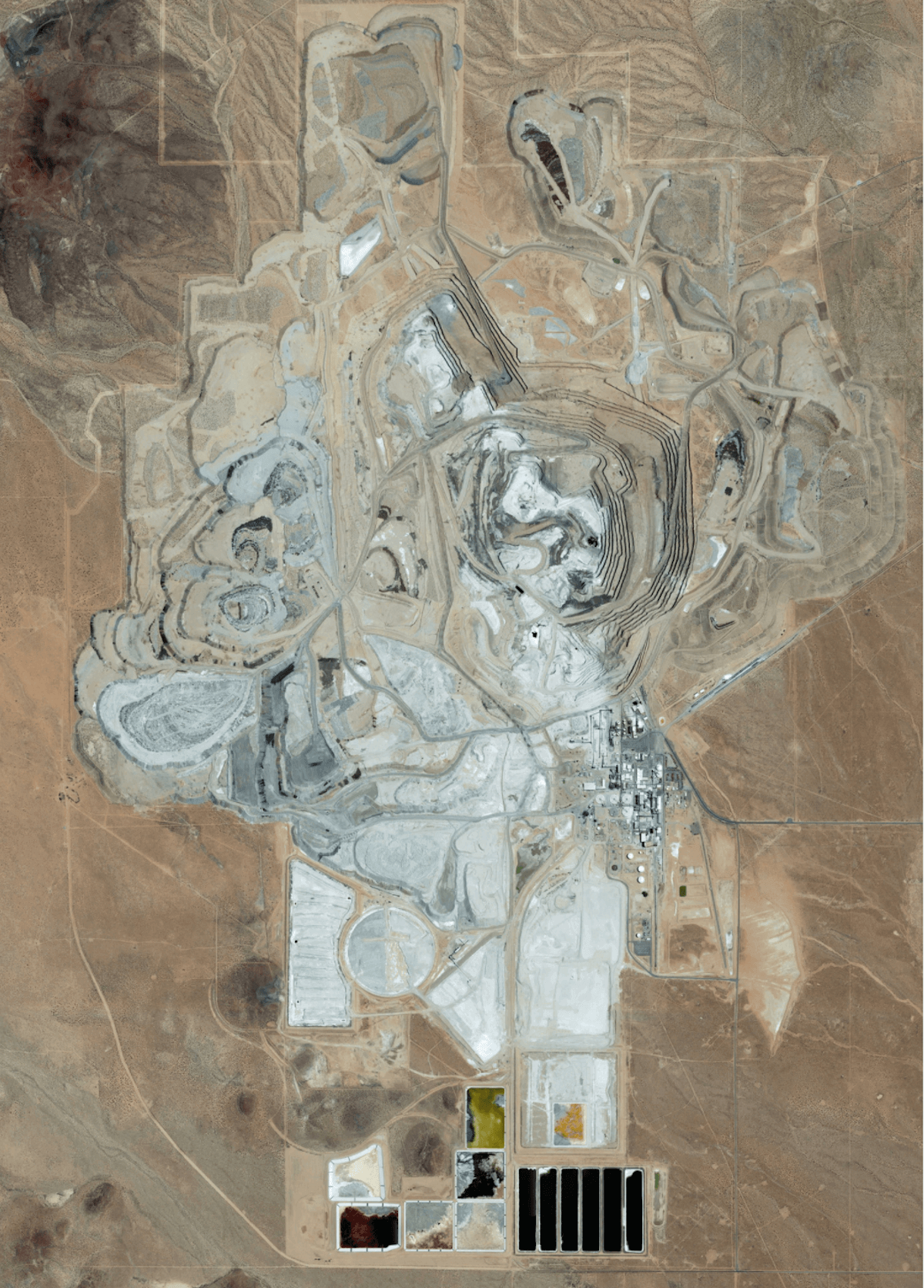
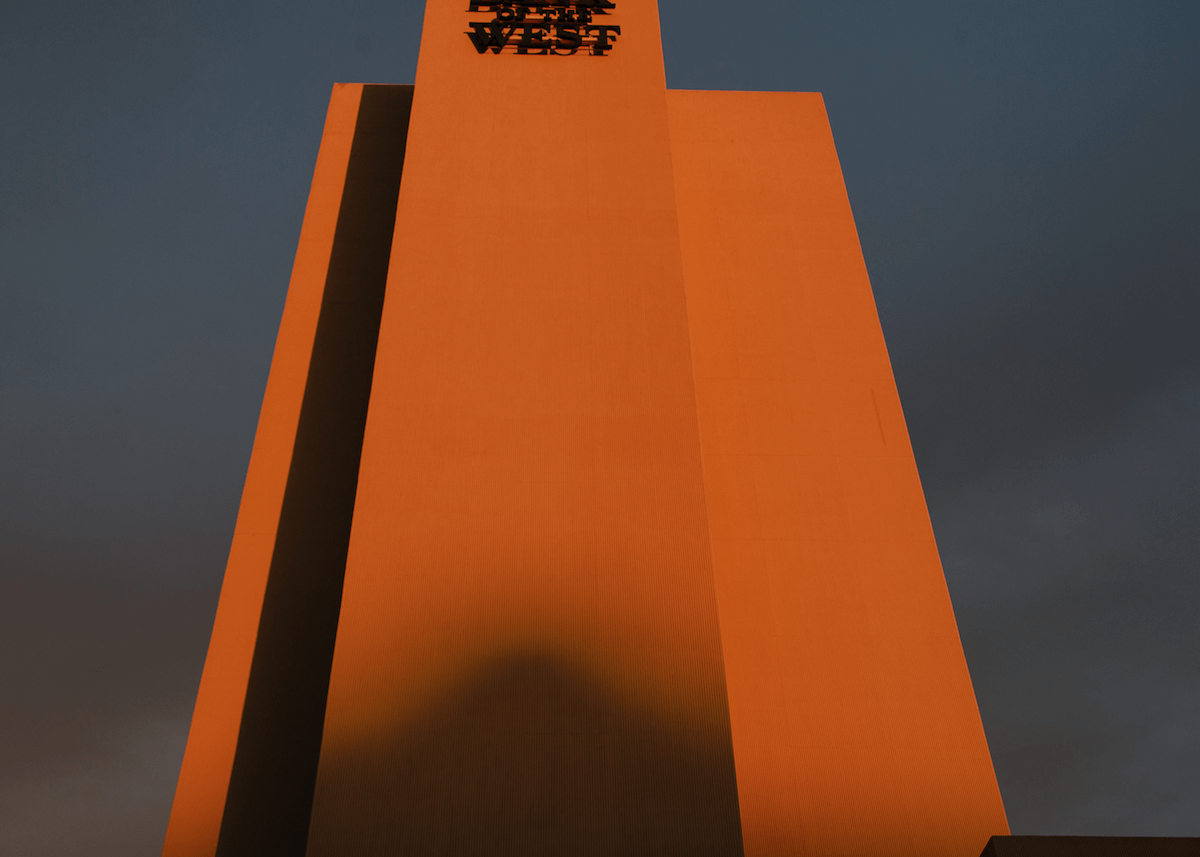
MD: Lastly, I'd like to touch on Small Town, Big Pride. It's really interesting to see a surprising side of a town like this, when the first thing you think when you think of a small town is the "small town mentality." Where is this, and what was your experience like shooting this particular essay? Did you learn anything new?
That essay is made up of shots I took during a monthlong commission for mic.com this summer. It was actually shot in three places: a tiny town called Spencer in southwestern Indiana, Erie in the northwest corner of Pennsylvania, and in Boise, Idaho. For their size, these towns hold some of the biggest annual small town gay pride events in the country—Spencer’s even attracts more people than its entire population! These towns are all in states that voted for Trump in 2016, so to see these tenacious, resilient communities come out and resolutely support diversity in their towns was really a very cool thing. I really applaud Mic for commissioning this story, because I think it was a nice way to offer a glimmer of hope to LGBTQ kids who live in rural communities that might not make them feel terribly welcome at times.
It was a real gift to get out and meet so many wonderful, welcoming people—grandparents, activists, community leaders, and so many really great kids.
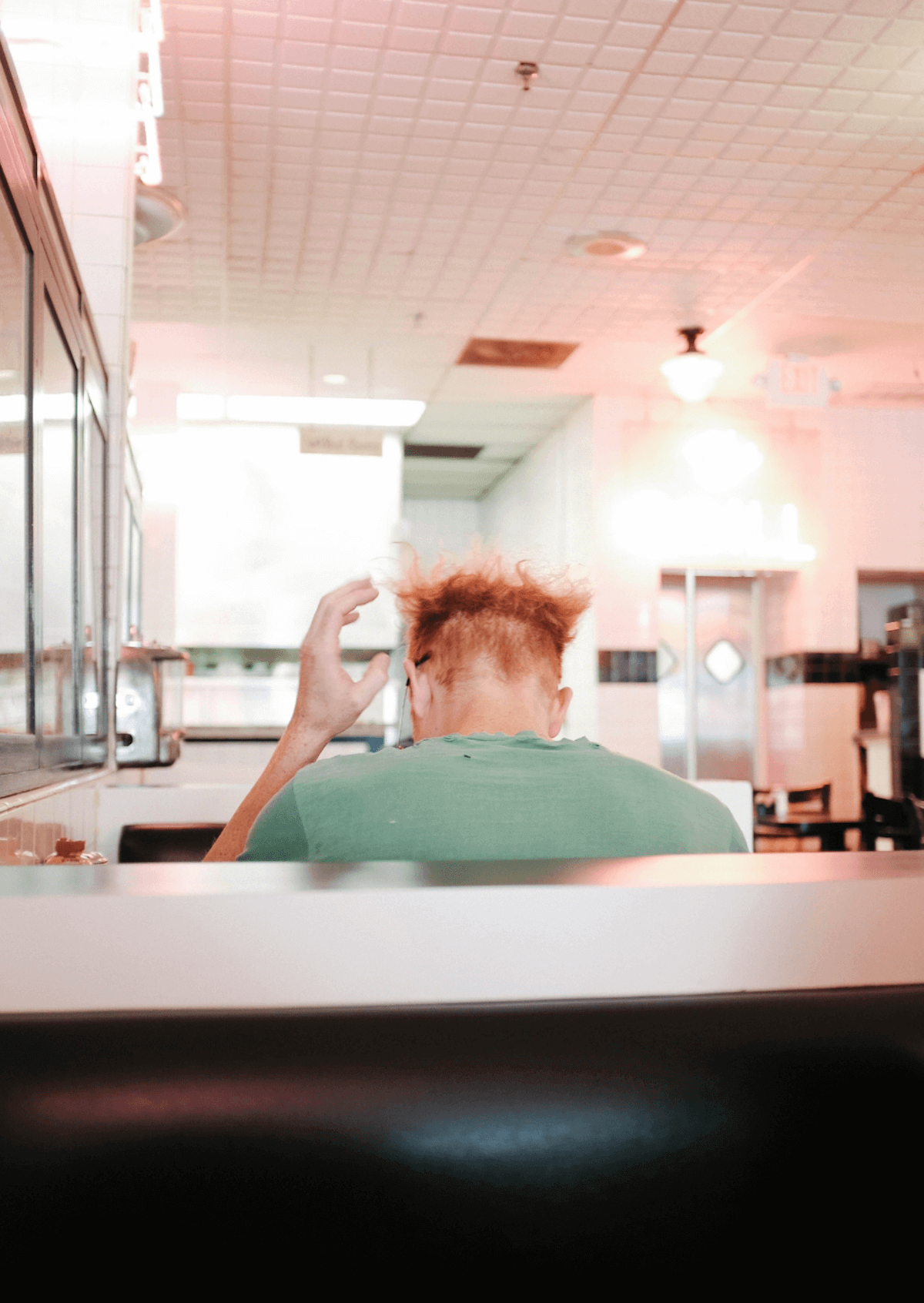
MD: What's next for you?
TC: I’m working on 3 big projects right now: a new publication about the road and its culture, a long-term photographic project about the last living speakers of New Mexico Spanish dialect, and hopefully a new solo exhibition for 2018. Busy times! I also want to take an epic road trip from Tijuana to Anchorage next spring—Alaska is the last state I haven’t visited, and I want to do it right!
